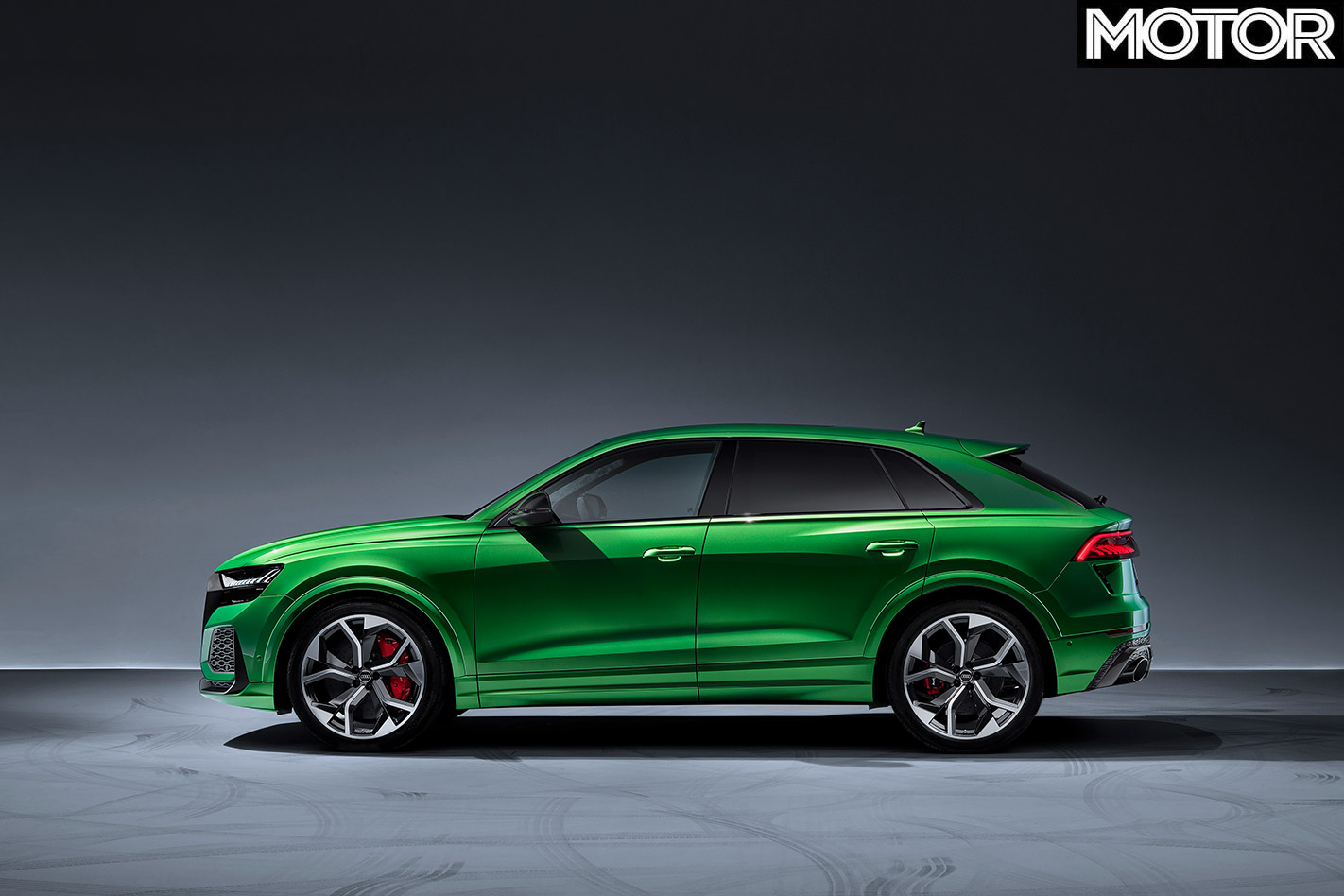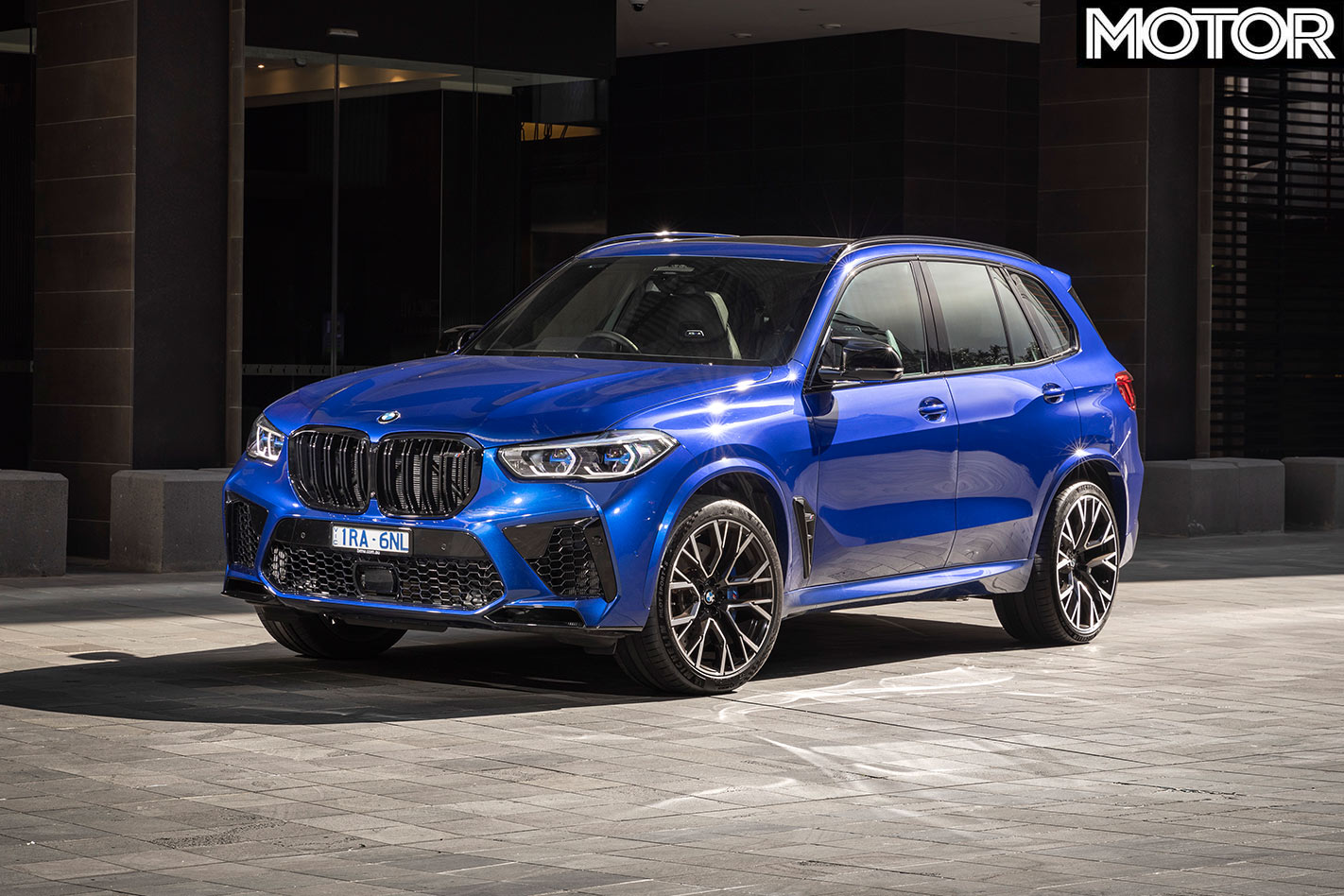Based on my previous grumblings, you could be forgiven for thinking I didn’t have much time for the oxy-moronically named SUV concept. Not so. In fact, having given some Covid-19 quiet-time to the subject, I now realise that the cult of the SUV is what will drive automotive excellence going forward. No, really – the advancement of automotive design, the very future of proper cars, relies on it.
How? Allow me to explain.
It’s been said many times that engineers and designers work best when somebody is firing live rounds at them. And on that basis, SUVs will need to get better. At some point, we’ll work out how to make these high-riding blockhouses work better than they do now, as a response to a couple of things.

The first of those is that punters will eventually tire of a roly-poly (but still hard-riding) pogo-stick of a thing, just as they will tire of poorer-than-expected fuel economy and acceleration that suggests a car with a pack-a-day habit. Secondly, the authorities will also soon stop seeing the funny side of crash trauma, a natural by-product of replacing athletic passenger cars with lumbering, heavy, unnecessarily tall SUVs. At the point at which those two curves intersect, car-makers are going to have to come up with an SUV that works properly. And once one manufacturer does, the rest will secretly buy one, pull it apart and reverse engineer the bugger, using the principles of Chinese copyright law. Ref: We reserve the right to copy anything we like the look of.
Of course, just because it suddenly handles, stops and goes like a bought one, doesn’t mean I’ll be rushing out to buy a new-age SUV. They’ll still be ugly, for instance. So how does that help those of us who still yearn for V8 coupes, hot-hatches, utes that drive like cars and conventional station-wagons for the breeders out there?
Well, take a look at what’s happening with Ford’s Fiesta range. In Australia right now, the only Fiesta you can buy is the rather excellent ST. There are no mid-speccers, fleet models or My-First-Car versions. You want a little Ford for transport? You need to buy something from the small-SUV end of the showroom. This has led to a simple trend: As demand for SUVs increases, all the development dollars will be channelled that way. It’s the first sign of how the industry is morphing the chain of command in the way it develops new product. That’s not a new observation, but simply the car industry doing what it does best and following the money. But eventually it will work for people like us.
See, in the past, car-makers have spun SUVs off existing passenger-car platforms. But, as the SUV becomes dominant and begins to gobble up all the development pesos, the situation will flip. At which point you’ll find hatches and sedans and coupes and wagons being spun off SUV platforms. This is inevitable, but an important cultural shift.

Thing is, once we have arrived at a decent driving SUV, we can start to spin proper cars off it. Imagine a platform (the new, not-so-shite SUV) that gives birth to, say, a hatch that is lighter, has less driveline drag and a lower centre of gravity. As a direct result it goes harder, handles and rides better and uses less fuel. Oh, and it’s cheaper to buy!
It is, of course, the exact opposite of what happens now when a sensibly-priced, worthy hatch or sedan gets the SUV treatment and emerges as the 10-grand-dearer Famo-turd 3000.
Who’d have thought the SUV would be saviour of proper cars?





